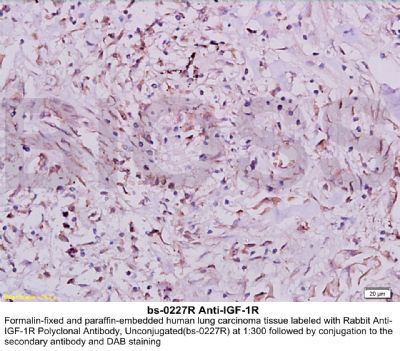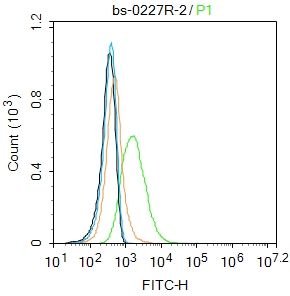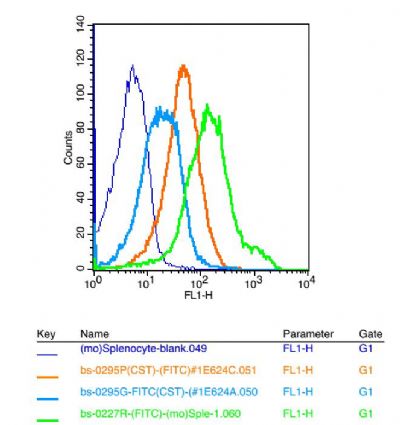[IF=6.304] Xuemei Shen. et al. CircRILPL1 promotes muscle proliferation and differentiation via binding miR-145 to activate IGF1R/PI3K/AKT pathway. Cell Death Dis. 2021 Feb;12(2):1-14 WB ; Bovine.
[IF=2.784] Liu et al. Ghrelin protects the myocardium with hypoxia/reoxygenation treatment through upregulating the expression of growth hormone, growth hormone secretagogue receptor and insulin-like growth factor-1, and promoting the phosphorylation of protein kinase B. (2018) Int.J.Mol.Med. 42:3037-3046 WB&IHC ; Rat.
[IF=1.422] Muller et al. Different expression of leptin and IGF1 in the adult and prepubertal testis in dogs. (2017) Reprod.Domest.Anim. 52 Suppl 2:187-192 IHC ; Human, Mouse, Rat, Dog, Pig, Cow, Horse, Rabbit, Sheep,.
[IF=2.092] Yan Chunchi. et al. Increase of E3 ubiquitin ligase NEDD4 expression leads to degradation of its target proteins PTEN/IGF1R during the formation of goose fatty liver. J Anim Sci. 2020 Sep;98(9): WB ; Goose.
[IF=2.564] Balogh O et al. Expression of insulin-like growth factor 1 and its receptor in preovulatory follicles and in the corpus luteum in the bitch. Gen Comp Endocrinol. 2018 Dec 1;269:68-74. IHSLCP ; Dog.
[IF=1.21] Müller, L., et al. "Different expression of leptin and IGF1 in the adult and prepubertal testis in dogs." Reproduction in Domestic Animals (2017). IHSLCP ; Dog.
[IF=2.38] Yang, Shaobo, et al. "Insulin-Like Growth Factor-1 Modulates Polycomb Cbx8 Expression and Inhibits Colon Cancer Cell Apoptosis." Cell Biochemistry and Biophysics (2014): 1-5. WB ; Human.
[IF=2.19] Hu, Wei, et al. "MicroRNA let-7a and let-7f as novel regulatory factors of the sika deer (Cervus nippon) IGF-1R gene." Growth Factors 0 (2013): 1-7. WB ;


